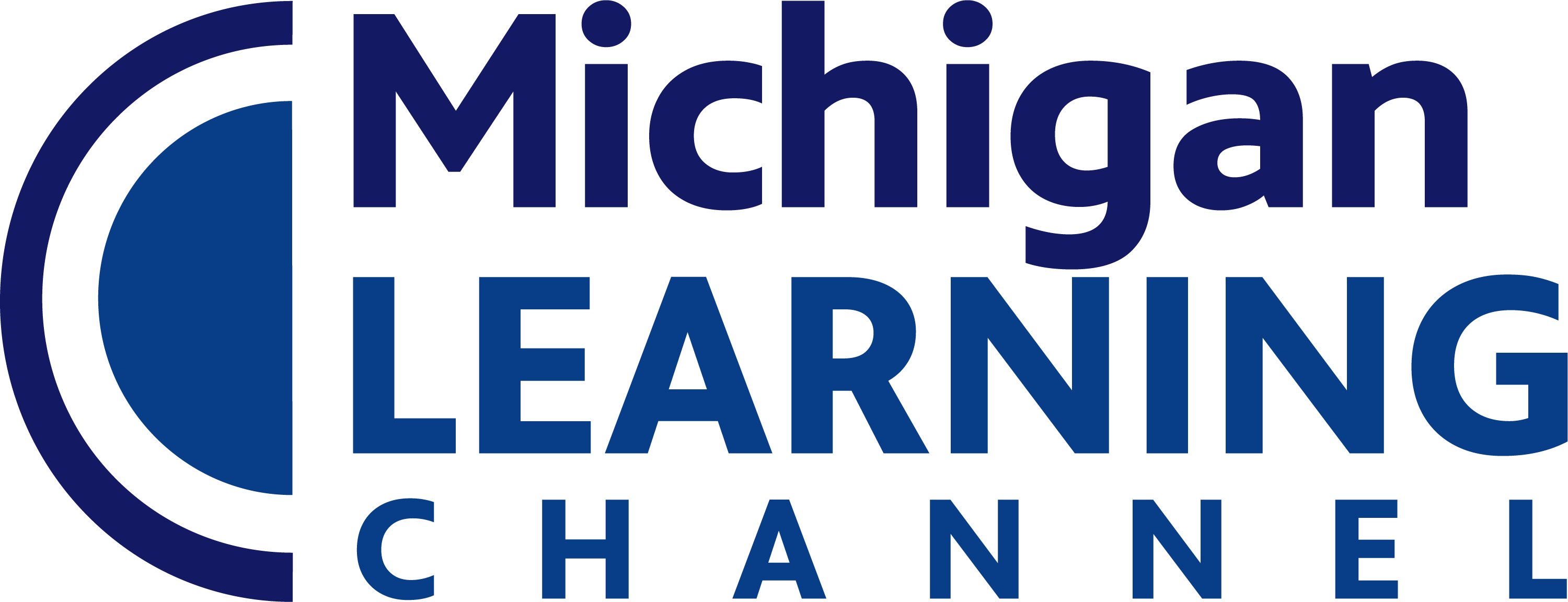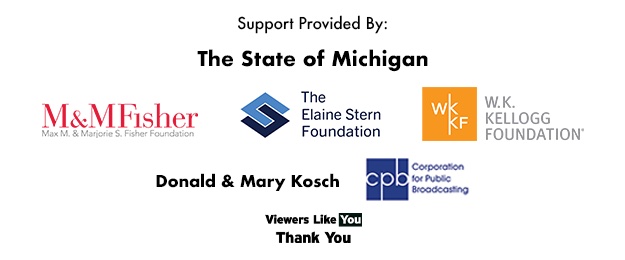Subjects
Shows
Decompose problems into smaller components through systematic analysis, using constructs such as procedures, modules, and/or objects.
Create artifacts by using procedures within a program, combinations of data and procedures, or independent but interrelated programs.
Systematically design and develop programs for broad audiences by incorporating feedback from users.
Know and use a deliberate design process for generating ideas, testing theories, creating innovative artifacts, or solving authentic problems.
Select and use digital tools to plan and manage a design process that considers design constraints and calculated risks.
Develop, test, and refine prototypes as part of a cyclical design process.
Exhibit a tolerance for ambiguity, perseverance, and the capacity to work with open-ended problems.
Students develop and employ strategies for understanding and solving problems in ways that leverage the power of technological methods to [...]
Formulate problem definitions suited for technology-assisted methods such as data analysis, abstract models and algorithmic thinking in exploring and finding [...]
Collect data or identify relevant data sets, use digital tools to analyze them, and represent data in various ways to [...]
Break problems into component parts, extract key information, and develop descriptive models to understand complex systems or facilitate problem-solving.
Understand how automation works and use algorithmic thinking to develop a sequence of steps to create and test automated solutions.
Students communicate clearly and express themselves creatively for a variety of purposes using the platforms, tools, styles, formats and digital [...]
Choose the appropriate platforms and tools for meeting the desired objectives of their creation or communication.
Create original works or responsibly repurpose or remix digital resources into new creations.
Communicate complex ideas clearly and effectively by creating or using a variety of digital objects such as visualizations, models or [...]
Publish or present content that customizes the message and medium for their intended audiences.
Students use digital tools to broaden their perspectives and enrich their learning by collaborating with others and working effectively in [...]
Use digital tools to connect with learners from a variety of backgrounds and cultures, engaging with them in ways that [...]
Use collaborative technologies to work with others, including peers, experts, or community members, to examine issues and problems from multiple [...]
Contribute constructively to project teams, assuming various roles and responsibilities to work effectively toward a common goal.
Explore local and global issues and use collaborative technologies to work with others to investigate solutions.
Students leverage technology to take an active role in choosing, achieving, and demonstrating competency in their learning goals, informed by [...]
Articulate and set personal learning goals, develop strategies leveraging technology to achieve them, and reflect on the learning process itself [...]
Build networks and customize their learning environments in ways that support the learning process.
Use technology to seek feedback that informs and improves their practice and to demonstrate their learning in a variety of [...]
Understand the fundamental concepts of technology operations, demonstrate the ability to choose, use, and troubleshoot current technologies, and are able [...]
Students recognize the rights, responsibilities and opportunities of living, learning and working in an interconnected digital world, and they act [...]
Cultivate and manage their digital identity and reputation and are aware of the permanence of their actions in the digital [...]
Engage in positive, safe, legal, and ethical behavior when using technology, including social interactions online or when using networked devices.
Demonstrate an understanding of and respect for the rights and obligations of using and sharing intellectual property.
Manage their personal data to maintain digital privacy and security and are aware of data-collection technology used to track their [...]
Students critically curate a variety of resources using digital tools to construct knowledge, produce creative artifacts and make meaningful learning [...]
Plan and employ effective research strategies to locate information and other resources for their intellectual or creative pursuits.
Evaluate the accuracy, perspective, credibility, and relevance of information, media, data or other resources.
Curate information from digital resources using a variety of tools and methods to create collections of artifacts that demonstrate meaningful [...]
Build knowledge by actively exploring realworld issues and problems, developing ideas and theories, and pursuing answers and solutions.
Students use a variety of technologies within a design process to identify and solve problems by creating new, useful or [...]
Subjects
Shows
Decompose problems into smaller components through systematic analysis, using constructs such as procedures, modules, and/or objects.
Create artifacts by using procedures within a program, combinations of data and procedures, or independent but interrelated programs.
Systematically design and develop programs for broad audiences by incorporating feedback from users.
Know and use a deliberate design process for generating ideas, testing theories, creating innovative artifacts, or solving authentic problems.
Select and use digital tools to plan and manage a design process that considers design constraints and calculated risks.
Develop, test, and refine prototypes as part of a cyclical design process.
Exhibit a tolerance for ambiguity, perseverance, and the capacity to work with open-ended problems.
Students develop and employ strategies for understanding and solving problems in ways that leverage the power of technological methods to [...]
Formulate problem definitions suited for technology-assisted methods such as data analysis, abstract models and algorithmic thinking in exploring and finding [...]
Collect data or identify relevant data sets, use digital tools to analyze them, and represent data in various ways to [...]
Break problems into component parts, extract key information, and develop descriptive models to understand complex systems or facilitate problem-solving.
Understand how automation works and use algorithmic thinking to develop a sequence of steps to create and test automated solutions.
Students communicate clearly and express themselves creatively for a variety of purposes using the platforms, tools, styles, formats and digital [...]
Choose the appropriate platforms and tools for meeting the desired objectives of their creation or communication.
Create original works or responsibly repurpose or remix digital resources into new creations.
Communicate complex ideas clearly and effectively by creating or using a variety of digital objects such as visualizations, models or [...]
Publish or present content that customizes the message and medium for their intended audiences.
Students use digital tools to broaden their perspectives and enrich their learning by collaborating with others and working effectively in [...]
Use digital tools to connect with learners from a variety of backgrounds and cultures, engaging with them in ways that [...]
Use collaborative technologies to work with others, including peers, experts, or community members, to examine issues and problems from multiple [...]
Contribute constructively to project teams, assuming various roles and responsibilities to work effectively toward a common goal.
Explore local and global issues and use collaborative technologies to work with others to investigate solutions.
Students leverage technology to take an active role in choosing, achieving, and demonstrating competency in their learning goals, informed by [...]
Articulate and set personal learning goals, develop strategies leveraging technology to achieve them, and reflect on the learning process itself [...]
Build networks and customize their learning environments in ways that support the learning process.
Use technology to seek feedback that informs and improves their practice and to demonstrate their learning in a variety of [...]
Understand the fundamental concepts of technology operations, demonstrate the ability to choose, use, and troubleshoot current technologies, and are able [...]
Students recognize the rights, responsibilities and opportunities of living, learning and working in an interconnected digital world, and they act [...]
Cultivate and manage their digital identity and reputation and are aware of the permanence of their actions in the digital [...]
Engage in positive, safe, legal, and ethical behavior when using technology, including social interactions online or when using networked devices.
Demonstrate an understanding of and respect for the rights and obligations of using and sharing intellectual property.
Manage their personal data to maintain digital privacy and security and are aware of data-collection technology used to track their [...]
Students critically curate a variety of resources using digital tools to construct knowledge, produce creative artifacts and make meaningful learning [...]
Plan and employ effective research strategies to locate information and other resources for their intellectual or creative pursuits.
Evaluate the accuracy, perspective, credibility, and relevance of information, media, data or other resources.
Curate information from digital resources using a variety of tools and methods to create collections of artifacts that demonstrate meaningful [...]
Build knowledge by actively exploring realworld issues and problems, developing ideas and theories, and pursuing answers and solutions.
Students use a variety of technologies within a design process to identify and solve problems by creating new, useful or [...]


